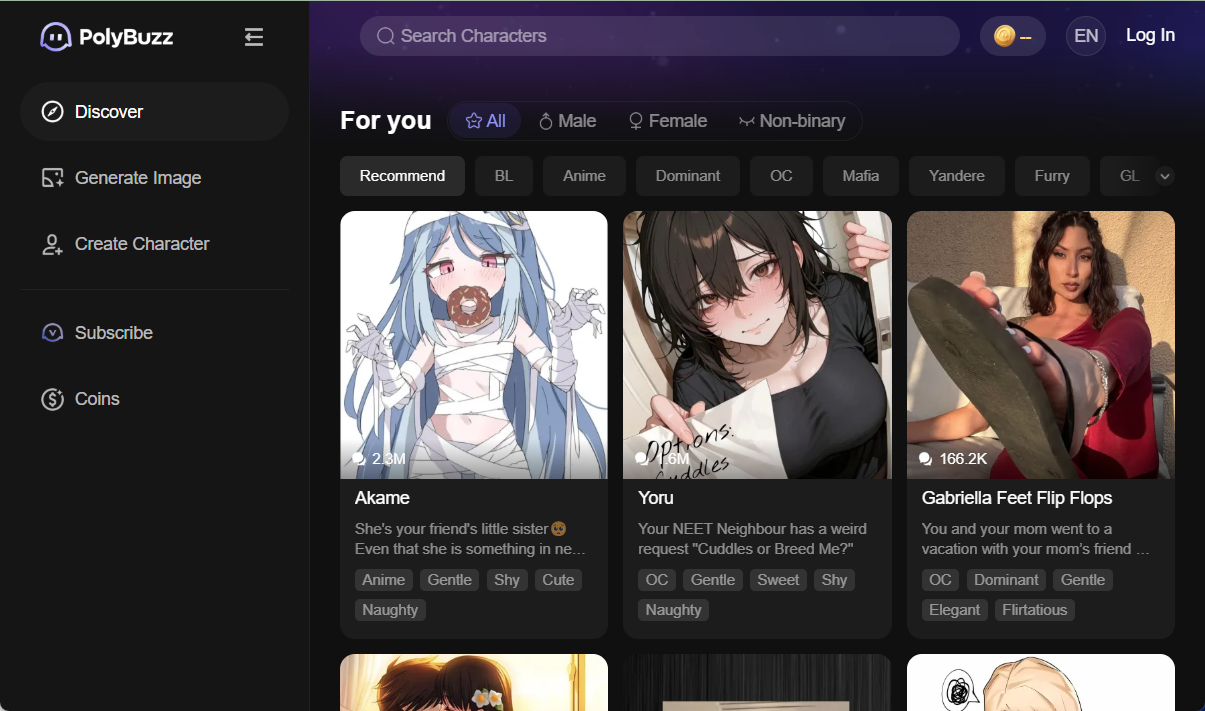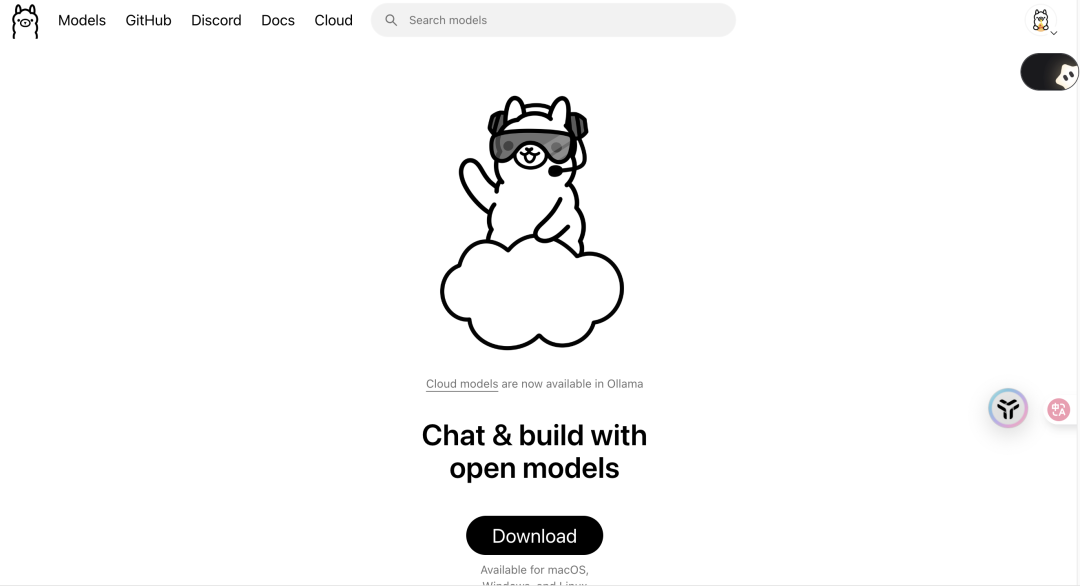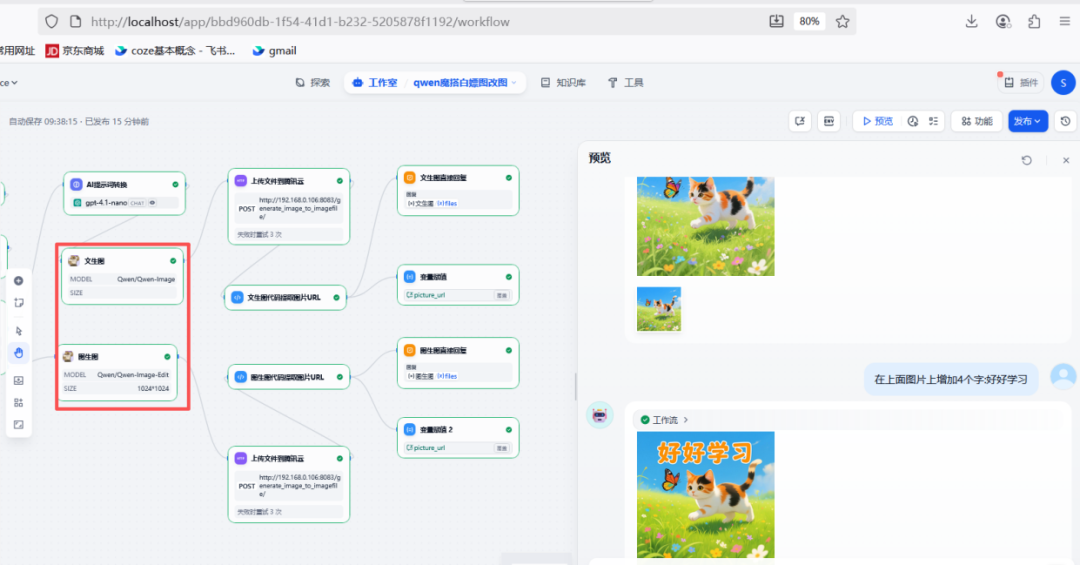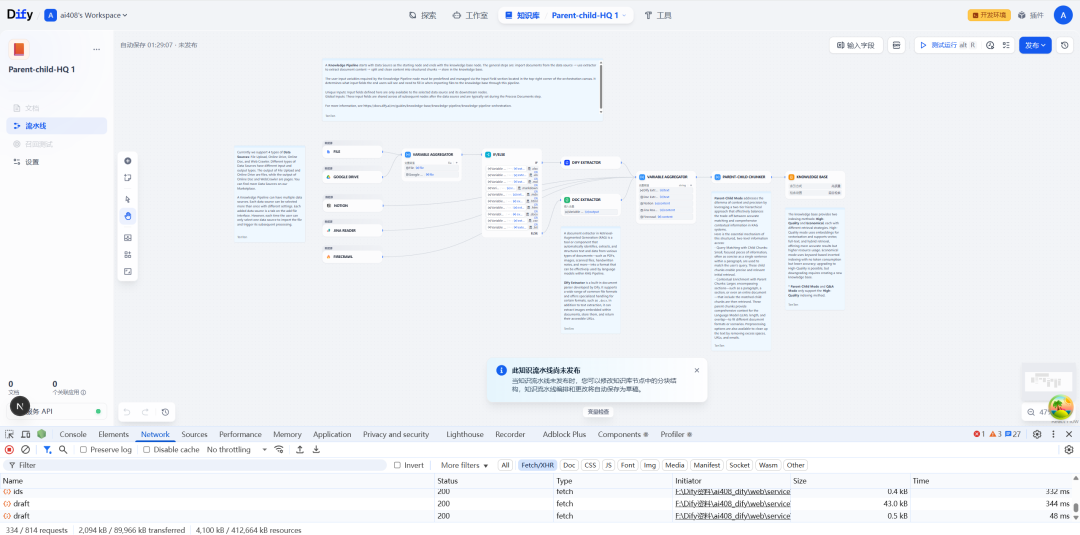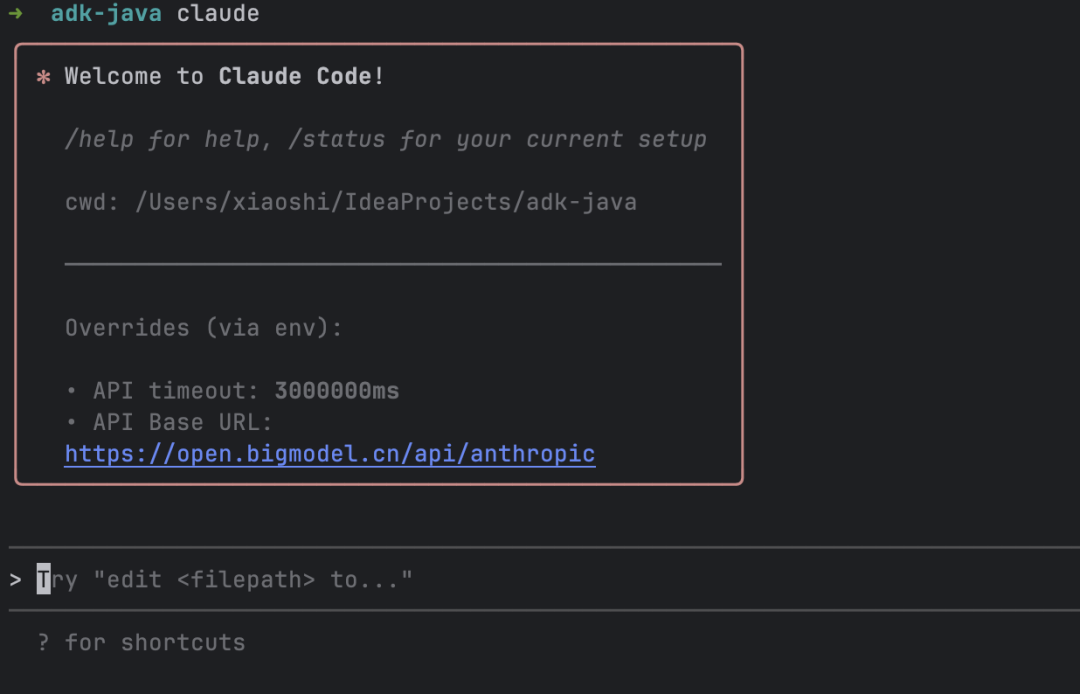Real-time performance optimization solutions
Based on the analysis of Claude Code's h2A asynchronous message queue, improving responsiveness can be implemented in three dimensions:
- Double buffer mechanism: refer to scripts/message_queue.js to implement the producer-consumer dual-queue architecture, the main thread continuously writes to the request queue, the worker thread from the processing queue to consume the task, avoid lock contention through atomicSwap
- Streaming Processing Optimization1) Adopt the "chunking-precalculating-pipelining" three-step approach in the technical documentation 2) Implement incremental rendering of LLM responses (see chunks/stream_processor.mjs) 3) Prioritize the return of highly deterministic result fragments
- Resource warming strategyThe "Demand Prediction Model", mentioned in Learning, preloads the HF tool module into memory when the system is idle. The repository work_doc_for_this/SOP.md describes in detail the warm-up triggers and resource allocation algorithms.
Real-world data: The project team reduced end-to-end latency from 420ms to 89ms with this solution. developers can run the performance test scripts in the benchmark/ directory in the repository to verify the optimization.
This answer comes from the articleanalysis_claude_code: a library for reverse engineering Claude Code.The








